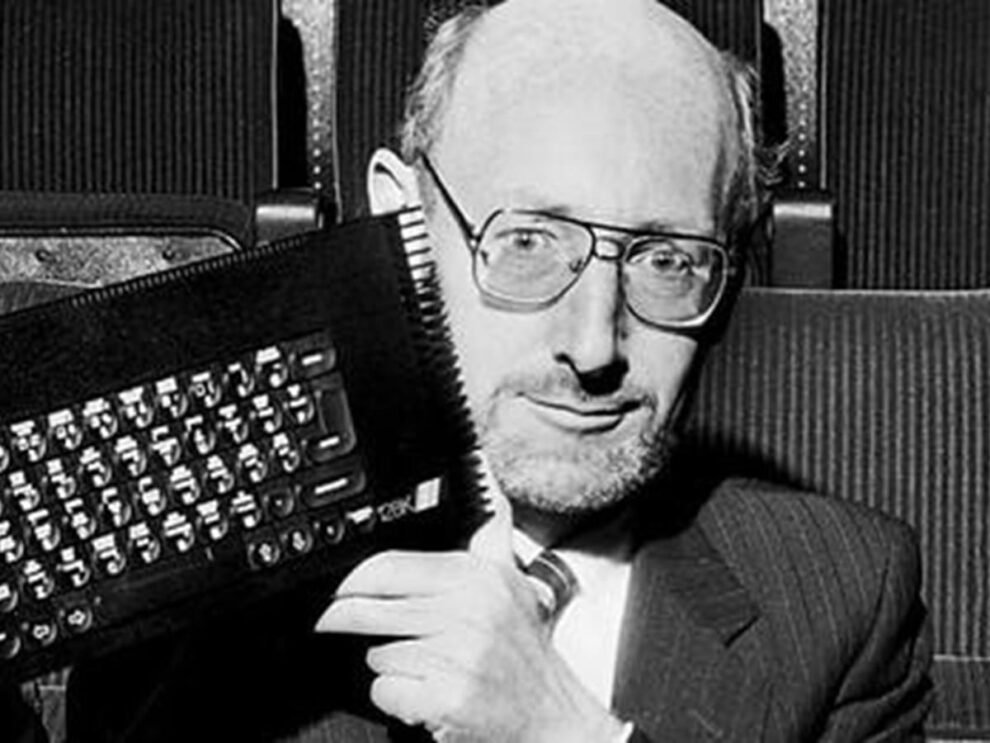The ZX Spectrum, a seemingly simple 8-bit personal home computer released in 1982 by Sinclair Research, transcended its humble origins to become a cultural phenomenon that defined a generation. Born in the UK during a time of economic recession, this unassuming little box with its rubber keys and distinctive rainbow stripe became synonymous with the 1980s, igniting a passion for technology and gaming in millions. But how did a computer with just 48KB of RAM achieve such iconic status? This article delves deep into the history of the ZX Spectrum, exploring its profound impact on British culture, the innovative games that defined its legacy, and the reasons why it continues to hold a special place in the hearts of many.
We’ll uncover the factors that contributed to its unprecedented success, from its disruptive price point to the vibrant community it fostered, and examine how it laid the foundation for the UK’s thriving IT industry. A Nation’s Gateway to Computing In the early 1980s, home computers were a luxury reserved for the affluent. Machines like the Apple II and Commodore PET were prohibitively expensive, placing them out of reach for most families.
Sir Clive Sinclair, the visionary founder of Sinclair Research, had a different idea: to make computing accessible to everyone. His previous computer, the ZX81, had made strides in that direction, but it was the ZX Spectrum that truly democratized technology. Launched in April 1982, the ZX Spectrum was available in two .


















